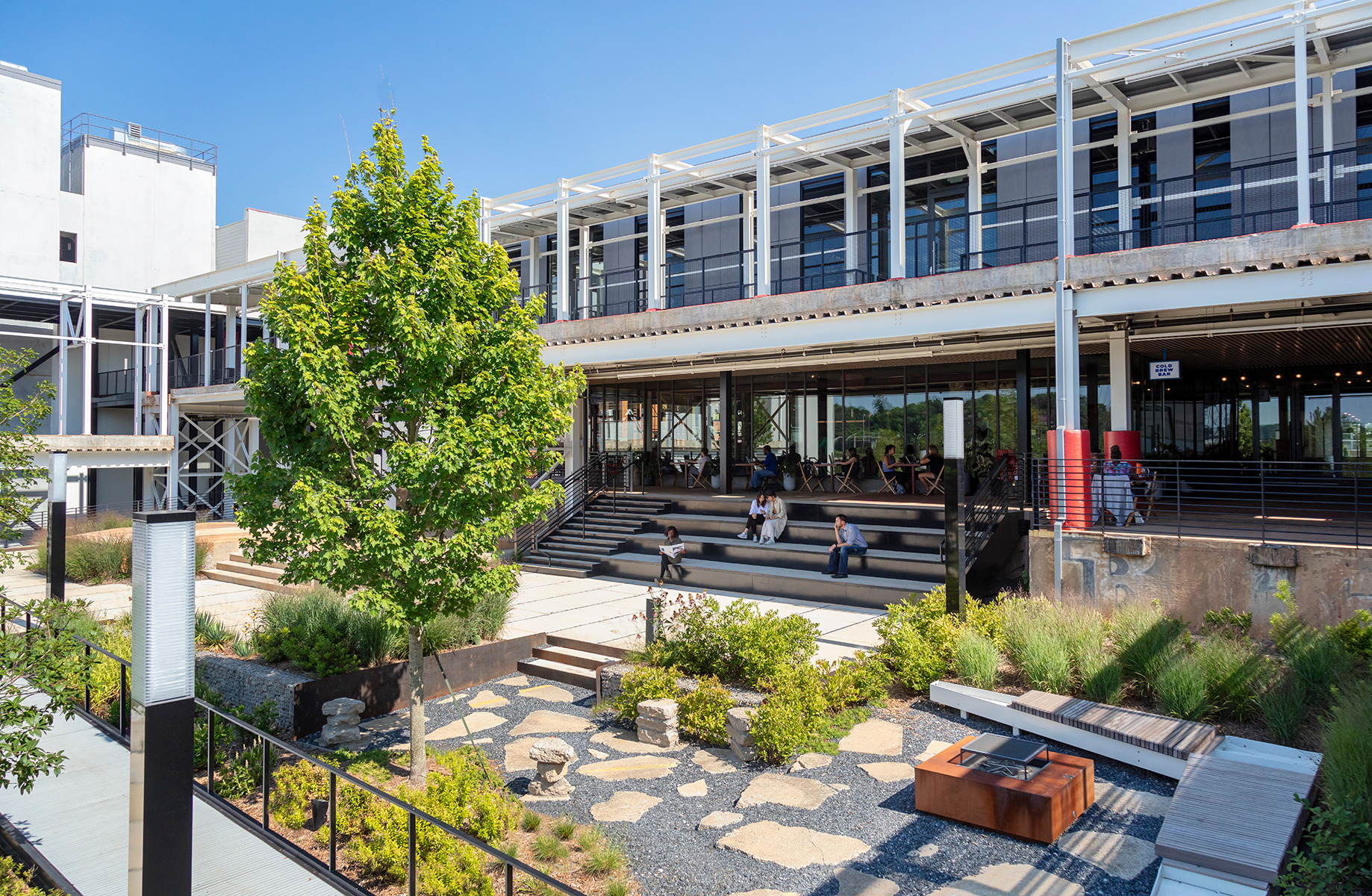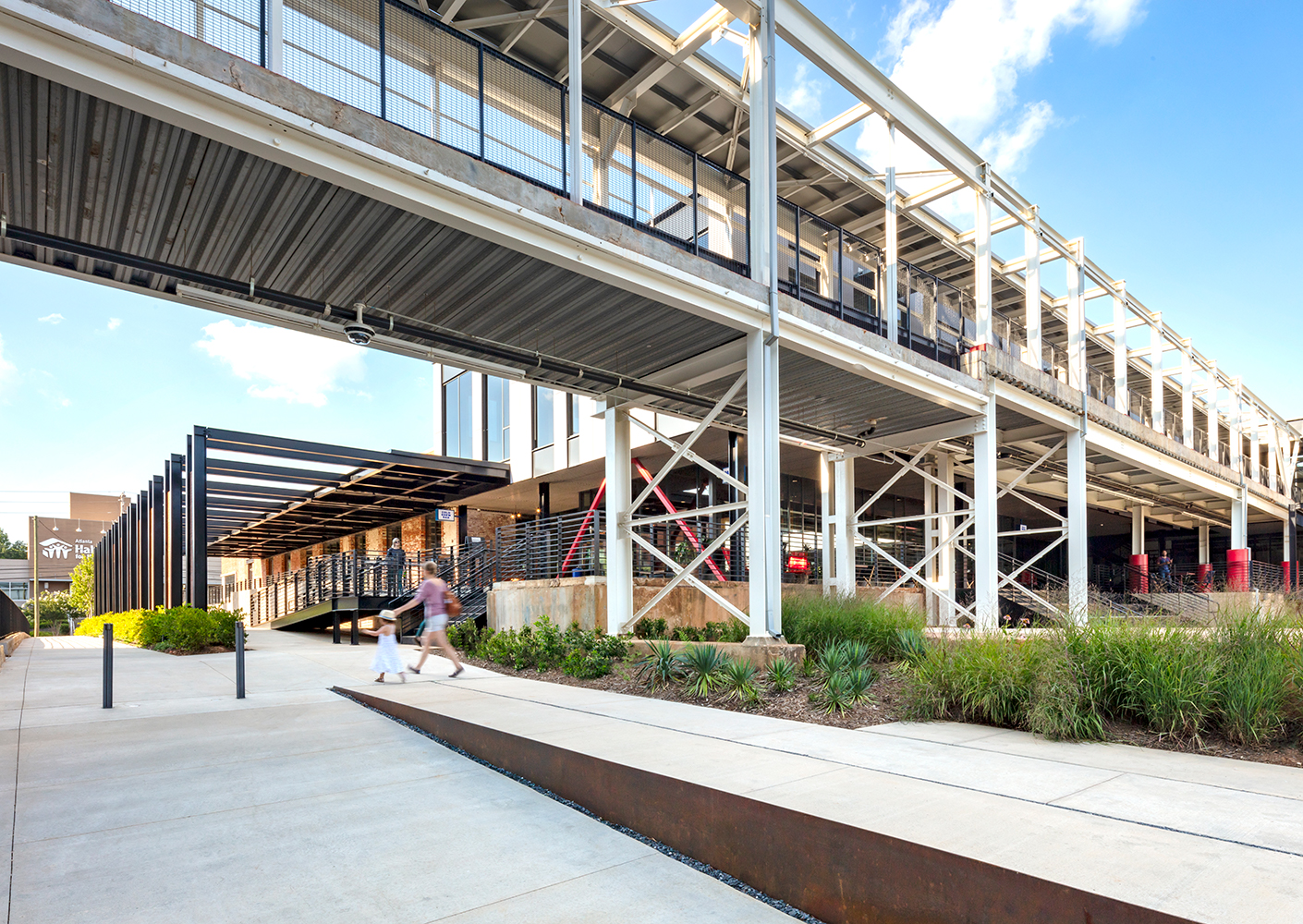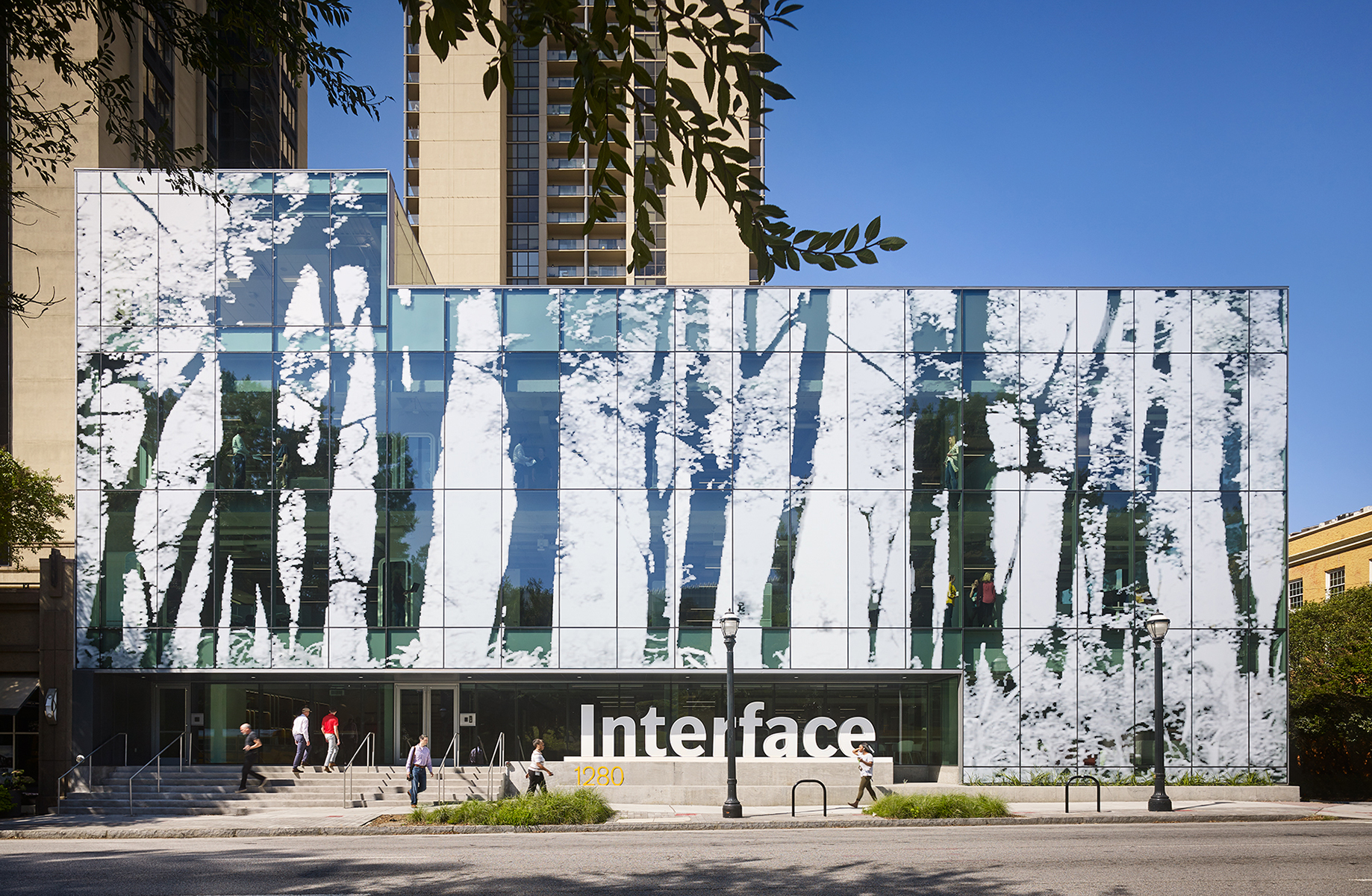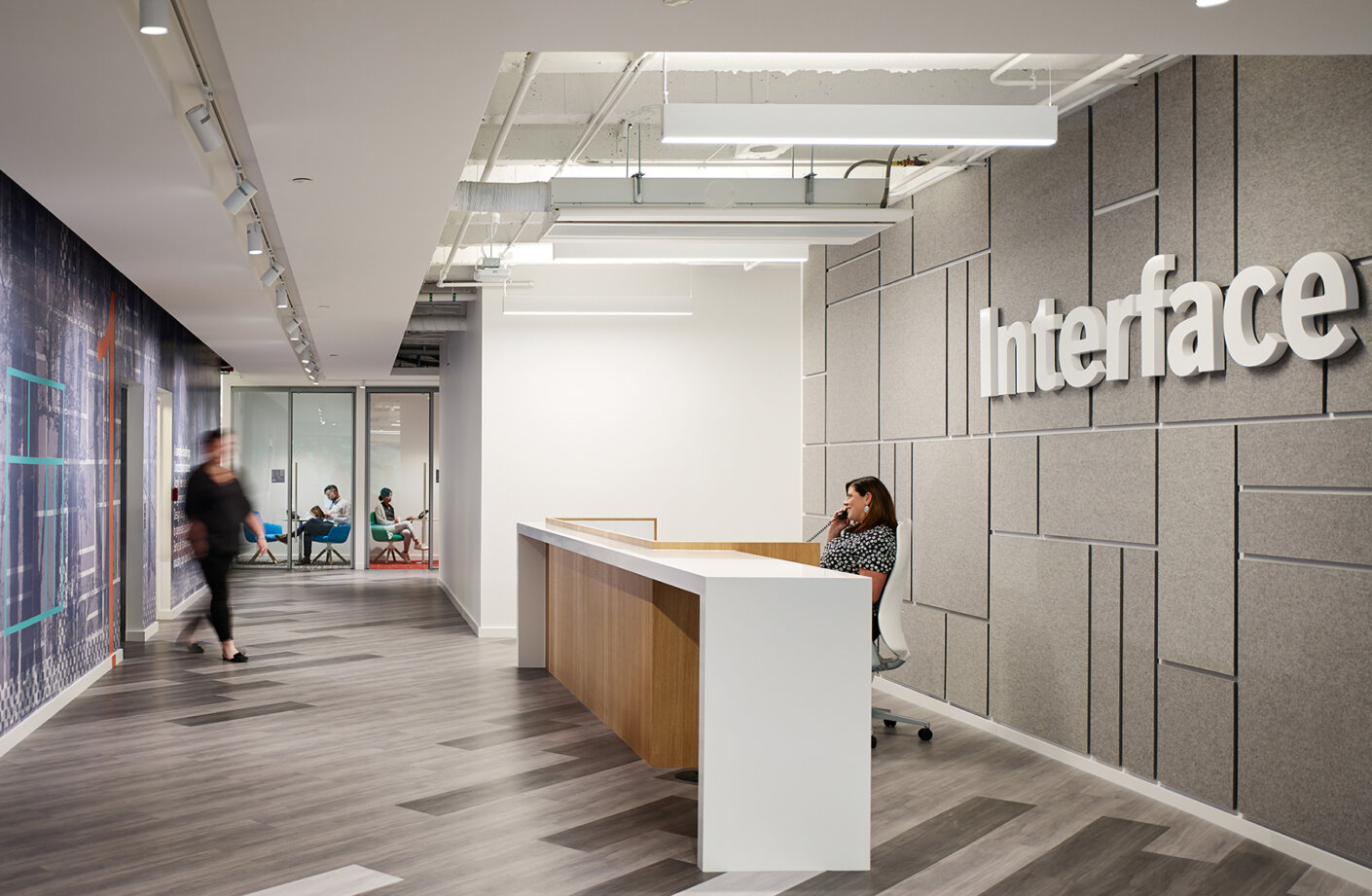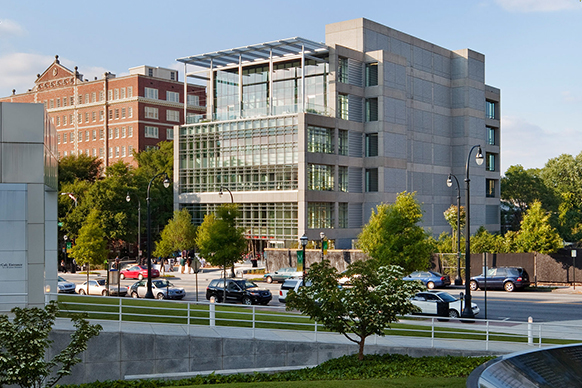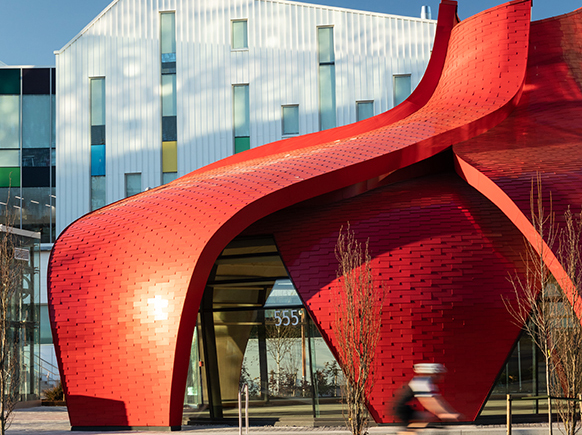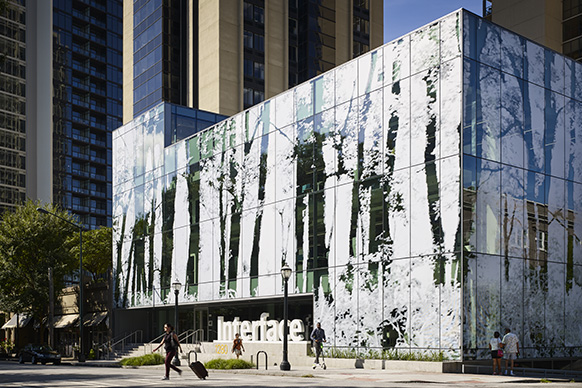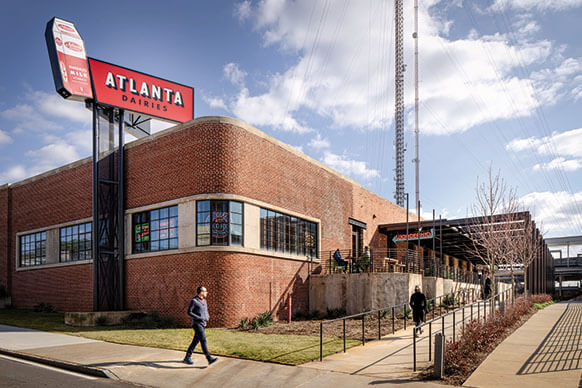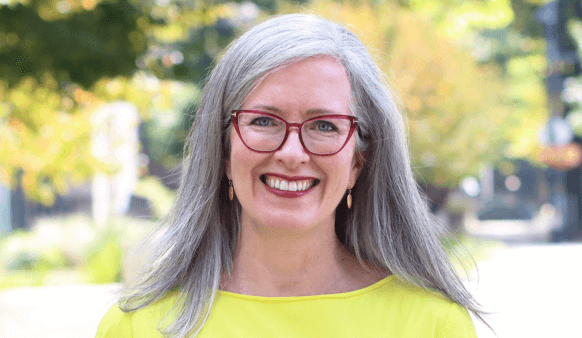Last week I typed “Atlanta Dairies” into my phone instead of the exact address to hail my Uber. I didn’t realize I would be sending my driver down memory lane. The 10-acre Dairies property in Atlanta’s now-famous Old Fourth Ward is quintessential adaptive reuse: art moderne milk factory becomes postindustrial urban destination.
In the network of catwalks that tracked the pasteurization process, we saw a circulation spine for the client’s mixed-use program of creative office space, amphitheater, courtyard, and specialty retail. In that new spine, enough of the skeleton of the old building survives to call up familiar red milk cartons, the smell of the factory, and so many throwbacks to my Uber driver’s school days.
She was happy, she said, to see the buildings given a second life. And I thought, that is adaptive reuse at its best. It shores up the stories that connect people to the places in their lives.
